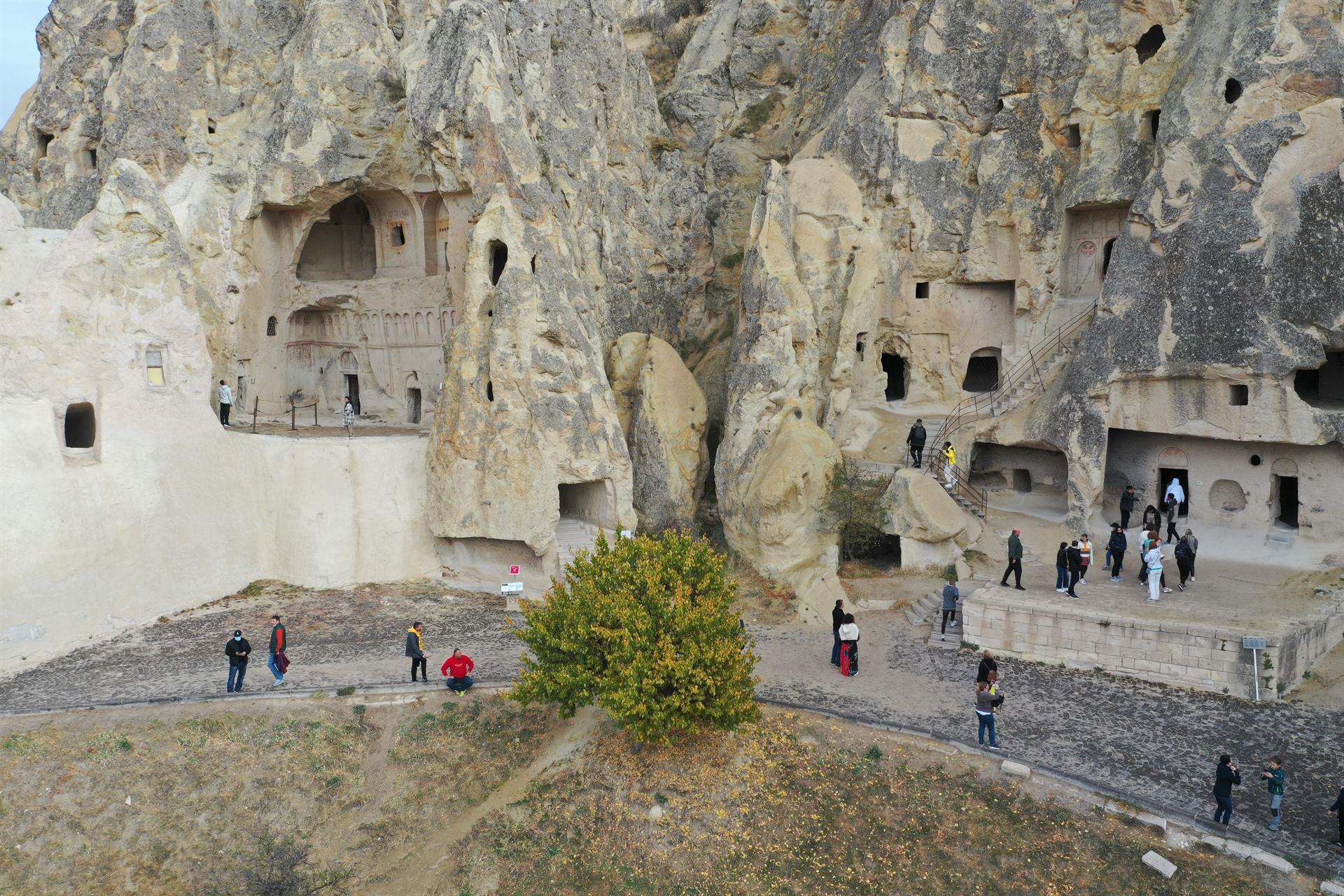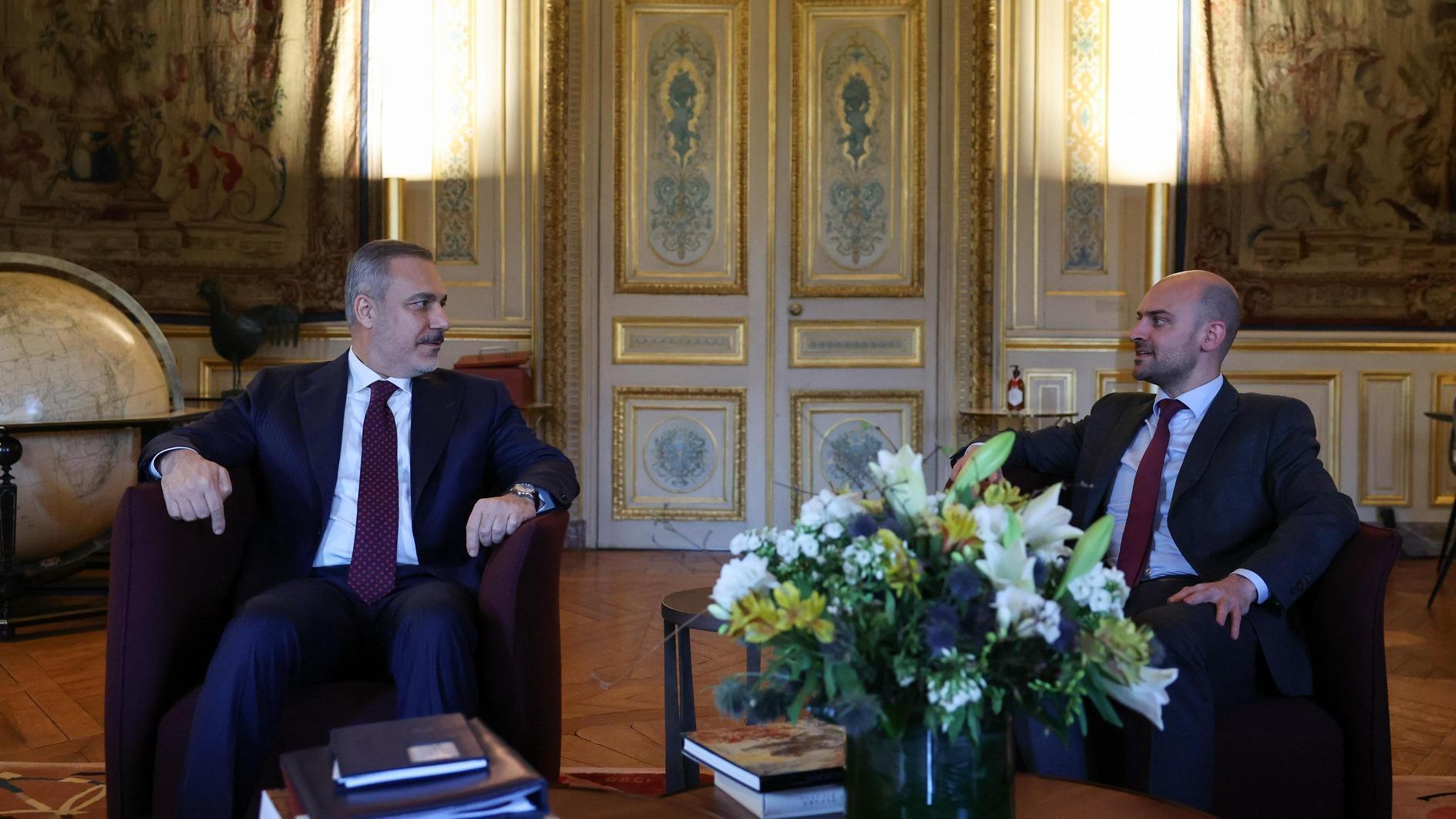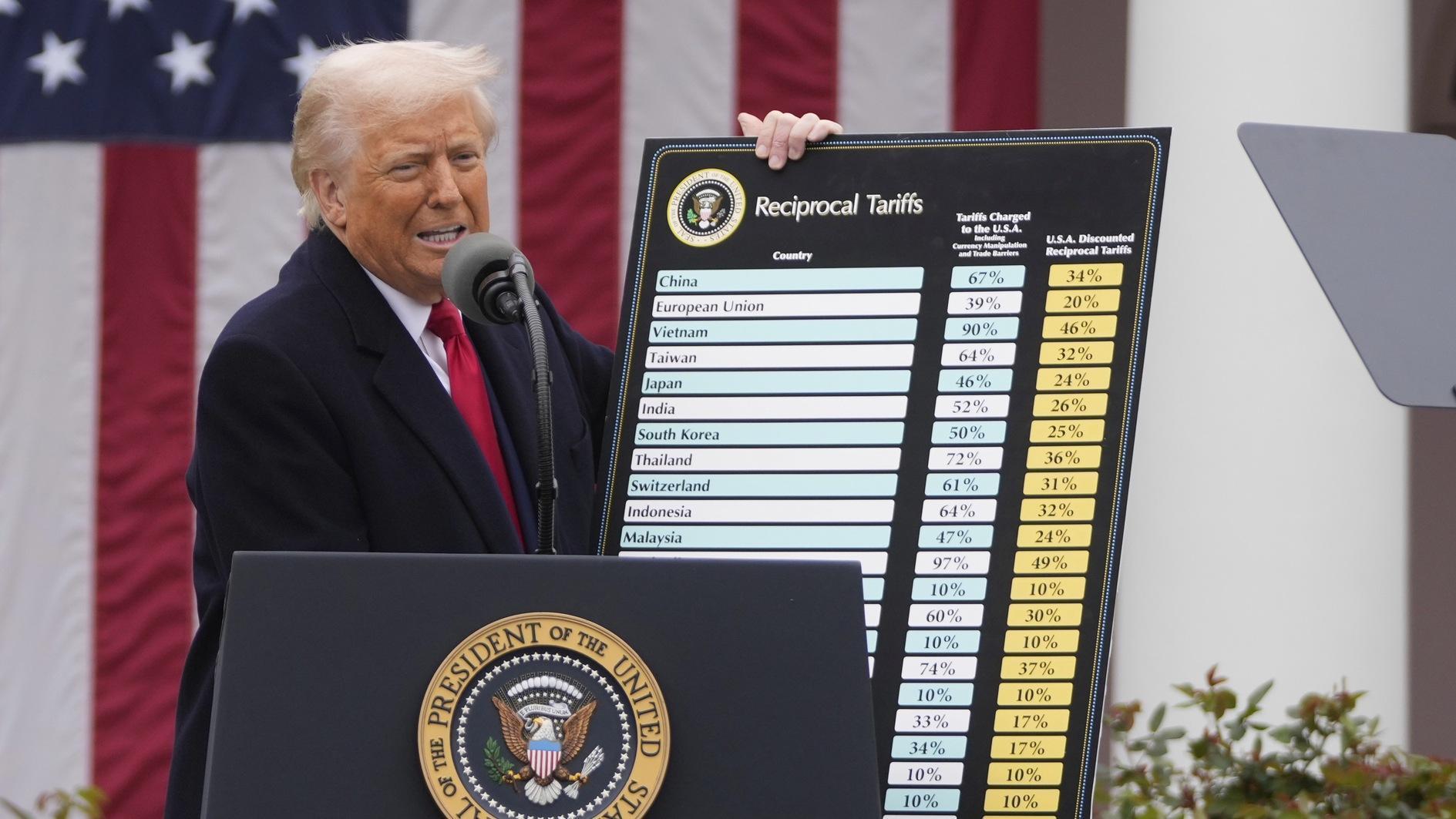Churches, chapels draw tourists to Göreme Open Air Museum
NEVŞEHİR

The rock-carved churches, monasteries and chapels at the Göreme Open Air Museum, visited by hundreds of thousands of visitors every year in Turkey’s Cappadocia region, attract tourists with their historical texture and frescoes that challenge centuries.
The Karanlık, El Nazar, Tokalı and Elmalı churches and the St. Barbara and St. Basil chapels are among the most visited of many religious buildings in the area, which is on the UNESCO World Cultural Heritage List.
The churches, chapels and monasteries were decorated with simpler drawings in the early periods, but after the Roman Emperor Constantine accepted Christianity in the third century, frescoes began to be painted on the walls and ceilings and they still maintain their originality despite the centuries that have passed.
Among the museums affiliated to the Culture and Tourism Ministry, the Göreme Open Air Museum is one of the most visited 10 museums in Turkey. The original frescoes in the churches and chapels of the open-air museum, featuring “Birth,” “Baptism,” “Entry into Jerusalem,” “Journey to Bethlehem,” “Worship of the three soothsayers,” “Resurrection of Lazarus,” “Last supper,” “Jesus on the cross” and “Hospitality of the prophet Abraham,” attract the attention of tourists.
Speaking to the state-run Anadolu Agency, Özay Onur said that due to the problems in the Roman period, Christian communities started to live in the hidden valleys in Cappadocia after 67 A.D., and the religious places they built take tourists on a historical journey today.
Stating that Christian people were able to live their religion freely in the region in the first century A.D., Onur said, “At that time, Christianity was banned and suppressed by the Romans. Cappadocia was very important to them. It is a place where historical Silk and Spice routes intersect. This region is easily accessible, and it also offered easy hiding opportunities. There are many hidden valleys in the region.”
Stating that the region was in a strategic position for people of Christian faith in the past, Onur said: “There are 17 large and small chapels and churches in the Göreme Open Air Museum. The best preserved and most important of these is the Karanlık [Dark] Church. This church was unearthed later, and cleaning and restoration works have been carried out there. There is culture and history in the Cappadocia region. Without the rock-carved churches in Cappadocia, the number of Christians would be less than half today. Education was given in the churches there. A person, who has a religion, wants to see where that religion developed. Those who come to Cappadocia can visit cultural assets both underground and above ground.”
















